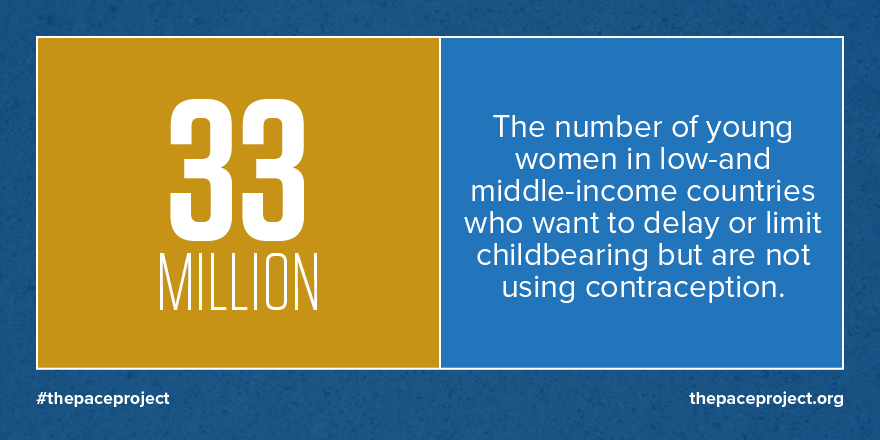

Evaluations of Population, Health, and Environment (PHE) programs have found varying degrees of effectiveness in improving human health and biodiversity outcomes. PHE approaches integrate family planning with other health and environmental interventions, with the intention of addressing the challenges that link all three sectors in a holistic manner. PHE approaches may be effective at improving food security and nutrition through their family planning components, which has been shown to improve both, but little research has been done to examine how improved food security and nutrition may impact the environment and biodiversity conservation.
Improving Food Security and Nutrition Through Integrated Approaches
To strengthen its own PHE pilot projects and further examine these links, the Africa Biodiversity Collaborative Group (ABCG) conducted a literature review and shared their findings in this Africa PHE webinar. Speakers Jimmiel Mandima (African Wildlife Foundation) and Nathalie Simoneau (World Wildlife Fund) shared that despite robust studies on the interactions between population, health, and environment, few PHE projects systematically monitor and measure the impacts of nutrition and food security on biodiversity and health outcomes. Some projects, however, do show evidence that their work improves biodiversity conservation through activities that promote sustainable agricultural techniques, livelihood diversification, conservation agriculture, and other interventions.
More information about the literature review findings, best practices for integrating nutrition and food security interventions into existing PHE projects, and recommendations for incorporating cross-sector indicators in integrated projects is available in the report, “Exploring Cross-Sector Linkages Between Population, Health, Environment, Nutrition, and Food Security: A Review of Best Practices and Lessons Learned.”
This webinar is part of the Africa PHE quarterly webinar series implemented under the Policy, Advocacy, and Communication Enhanced for Population and Reproductive Health (PACE) Project. For regular updates about PHE news, opportunities, resources, and other events, subscribe to the monthly Africa PHE Updates newsletter online and follow @AfricaPHE on Twitter.

“Integrating Population, Health, and Environment for Sustainable Development in Kenya” is an ENGAGE presentation that serves as an advocacy tool to promote integrated population, health, and environment (PHE) approaches, and the value of family planning/reproductive health (FP/RH) investments by decisionmakers in health and nonhealth sectors, such as natural resource management and conservation.
Integrating Population, Health, and Environment for Sustainable Development in Kenya
- English Video: 26 minutes (MP4: 284MB)
- English Video without narration (ZIP: 206MB)
Kujumuisha Idadi ya Watu, Afya na Mazingira kwa Maendeleo Yanayotekelezwa Nchini Kenya
- Swahili Video: 26 minutes (MP4: 294MB)
- Swahili Video without narration (ZIP: 207MB)
- Swahili Script ( PDF:460KB)
- Swahili Presentation Guide (PDF:4MB)
- Swahili Key Messages (PDF:3MB)
- Standard Swahili ENGAGE Country User Guide (PDF:489KB)
- English Script ( PDF:669KB)
- English Presentation Guide (PDF:3.1MB)
- English Key Messages (PDF:2.9MB)
- Standard ENGAGE Country User Guide (PDF:624KB)
The presentation highlights many of Kenya’s development successes, including the national climate change strategy and national population policy. Breaking down complex concepts and using nontechnical language, the presentation shows the connections between people’s access to FP/RH information and services, their health, and their reliance on natural resources. The presentation connects the impacts of FP/RH access for households, communities, and the country, drawing on examples of successful PHE efforts in Kenya.
Stakeholders from diverse sectors within Kenya will use this resource to promote a policy dialogue about the critical role of population dynamics with health and the environment, and the ways that investments in FP/RH can propel progress towards Kenya’s many development goals. The presentation includes recommendations for civil society, and national and county leadership.
“Integrating Population, Health, and Environment for Sustainable Development in Kenya” is available with English and Swahili voiceovers and in an unnarrated format. It can be downloaded from the PRB website or viewed via PRB’s YouTube channel. On the PRB website, the video is accompanied by a key messages handout and a user’s guide, which offer guidance on how to effectively deliver the presentation.
This ENGAGE presentation was developed by the PACE Project in collaboration with Kenya’s National Council for Population and Development (NCPD) and an ENGAGE task force made up of Kenyan experts in the fields of health, FP/RH, conservation, and PHE.
With funding from the U.S. Agency for International Development, PACE—Policy, Advocacy, and Communication Enhanced for Population and Reproductive Health (PACE)—increases support among policy audiences for effective health and population programs around the world. By increasing the flow of accurate, understandable information about population, family planning, and reproductive health to policy audiences, PACE enhances efforts carried out by civil society, the public sector, the development community, and donors. Under PACE and previous projects, PRB has developed a series of dynamic multimedia ENGAGE presentations to engage global leaders and country-level policymakers in issues related to family planning, reproductive health, and other key development issues.

Collecting, analyzing, and using gender-related indicators in projects is critical to addressing many of the underlying challenges that communities around the world face, particularly in integrated Population, Health, and Environment (PHE) projects. PHE projects are often located in rural areas where development challenges can be pronounced. Still, implementers of field-based projects do not always understand how gender affects their project communities and outcomes, or how to go about addressing the impacts of gender dynamics.
This Africa PHE webinar was hosted by Smita Gaith (policy analyst, PRB), who was joined by guest speakers Kathryn Farley (research associate, International Center for Research on Women (ICRW)), Craig Leisher (director of monitoring and evaluation, The Nature Conservancy), and Dorah Taranta (project manager, Health of People and Environment—Lake Victoria Basin Project (HoPE-LBV), Pathfinder International). The guest speakers discussed the importance of measuring and addressing gender in field-based projects, and gave successful examples.
Gaith introduced viewers to the PHE approach, which addresses family planning/reproductive health (FP/RH) and primary health care services alongside a variety of environmental interventions, such as conservation or livelihoods. Evaluations of some projects have found that they improve health and well-being of women in a variety of ways.
Following this introduction, Kathryn Farley introduced viewers to the concept of gender-responsive monitoring and evaluation (M&E). Farley described how identifying differences between men and women in ideas, attitudes, needs, and opportunities at a project’s outset; tracking how project interventions affect men and women differently; and exploring whether the program leads to changes in gender relations all support gender-responsive M&E. Farley reiterated the importance of thinking about gender early and often and explained that even if a project did not consider gender fully at the outset, it is never too late. Thinking about gender at each stage of the project, she said, ensures gender-responsive program design and robust data. Using indicators from the Social Impact Measurement System—which was created by ICRW and the Global Alliance for Clean Cookstoves—Farley also introduced listeners to innovative ways to measure social and economic empowerment. Drawing upon a case study of a social enterprise, listeners were able to see how Farley’s presentation applied to a real intervention.
Craig Leisher emphasized promoting mixed-gender decisionmaking and collecting sex-disaggregated data. According to Leisher, every PHE project should aspire to do both. Using examples from business, Leisher described a wide body of research examining gender diversity in the private sector and in conservation. For example, locally managed forests in India had an average 10 percent greater forest cover when two or more women were on the management board, compared to those with one or no women on the board. These studies were part of the impetus for Leisher’s own research, which examines how the gender composition of forestry and fishery groups affect resource governance and conservation outcomes. According to Leisher, gender diversity improves conflict resolution, reduces high-risk strategies, balances leadership skills, and improves the pool of talent.
Finally, Dorah Taranta presented a before-and-after case study of the HoPE-LVB project community in Kenya and Uganda. While the goals of HoPE-LVB were related to biodiversity conservation and access to FP and sexual and RH services, the project recognized that gender disparities would affect the project’s success. For example, at baseline, men and women were not participating equally in community or household decisions, including decisions about RH/FP and governance of local natural resources. Taranta explained that gender-sensitive interventions were woven throughout various health and environmental interventions to solve these challenges, such as drawing parallels between healthy spacing of children and healthy farming practices, and targeting women and couples with those messages. Now, more women are in leadership roles and engaged in environmentally friendly income-generating activities; men are more involved in health decisions; girls have more educational opportunities; and household dynamics and relationships are improved.
A brief question and answer session followed the presentations. Viewers were interested in cross-cultural norms: for example, whether measurements of empowerment and women’s agency are cross-cultural, and how to respect cultural norms while also trying to change gender norms. People new to PHE were also curious about why the PHE approach might be ideal for addressing gender. According to Leisher and Taranta, integrated projects address multiple aspects of people’s daily lives, providing more opportunities to impact gender indicators, and offering more entry points to talk about gender with a wider variety of people (for example, with groups of fishermen).
This webinar is part of the Africa PHE quarterly webinar series implemented under the Policy, Advocacy, and Communication Enhanced for Population and Reproductive Health (PACE) Project. For regular updates about PHE news, opportunities, resources, and other events, subscribe to the monthly Africa PHE Updates newsletter online and follow @AfricaPHE on Twitter.

Sub-Saharan Africa (SSA) is poised to emerge as an important global player, registering impressive economic growth averaging 4.7 percent annually over the last two decades. However, it scores lowest among major world regions in key factors of economic competitiveness and faces growing environmental challenges that inhibit both economic and human development. More than one-third of people living in SSA have no access to improved drinking water, a problem that disproportionately affects women, girls, and those living in rural areas.
Sustaining SSA’s economic development will require the region to move towards more productive activities and address persistent economic and environmental challenges. Population trends—especially shifts towards lower fertility rates and less youthful age structures—can enhance development prospects, including savings and investment, labor productivity, political stability, and access to natural resources such as water.
The linkages between family planning, inclusive economic growth, and resilience in SSA are featured in a new suite of materials from the Policy, Advocacy, and Communication Enhanced for Population and Reproductive Health (PACE) Project, generously supported by the United States Agency for International Development (USAID). Distilled from the PACE report Fostering Economic Growth, Equity, and Resilience in Sub-Saharan Africa: The Role of Family Planning, three policy briefs and two infographics highlight the effects of population age structure and fertility rates on SSA’s public institutions, workforce productivity, and access to water. Effective development policies and programs must urgently address the needs of SSA’s largely youthful population and future generations to improve employment prospects, mitigate the scarcity of natural resources, and promote more equitable economic development.
- Competitiveness brief (PDF)
- Competitiveness brief (French) (PDF)


PRB has worked with hundreds of journalists from developing countries to help them understand issues related to population, reproductive health, and gender status, so that they can report on them accurately and comprehensively. This media toolkit was funded by USAID under the PACE (Policy, Advocacy, and Communication Enhanced) project and based on lessons learned through our global journalism program Women’s Edition. The toolkit showcases PRB’s capacity efforts so that others who want to engage with the news media can learn from our work and expand the reach of this successful media training.

Improving Nutrition and Food Security Through Family Planning: An ENGAGE Presentation
- Presentation in HTML5 (ZIP: 119MB) (Mac-compatible. Right-click and choose “save link as” to save to your computer. Note: You must have the entire FP-Nutrition-Food Security-HTML5 folder with all of the files inside as provided in order for the presentation to run correctly. When moving or copying the presentation, make sure to keep the entire folder and its contents inside.)
- Presentation Guide, includes Script and Key Messages Handout (PDF: 1.39MB)
- Download Family Planning and Nutrition Snapshot (MP4: 111MB) (Right-click and choose “save link as” to save to your computer)
- Download Family Planning and Food Security Snapshot (MP4:118MB) (Right-click and choose “save link as” to save to your computer)
The goal of “Improving Nutrition and Food Security Through Family Planning” is to raise awareness and understanding among decision makers about how family planning can help improve key measures of nutrition for mothers, infants, and children, as well as improve food security on a broader scale. Ultimately, the aim is to start a critical policy dialogue to encourage integration of family planning into nutrition and food security policies, strategies, action plans, and programs throughout the world, particularly in Asia and Africa. As such, this presentation can be used as a tool to not only raise awareness, but also to mobilize political commitment and resources. Target audiences include government policymakers, civic and religious leaders, health sector leaders, program officials, nutrition and family planning advocates, agriculture and food security leaders, journalists, and others.
The content for this presentation was drawn from two reviews conducted as part of the Health Policy Project (HPP): Impacts of Family Planning on Nutrition and Impacts of Family
Planning on Food Security. These reports can be found at www.healthpolicyproject.com/index.cfm?id=publications&get=pubID&pubId=690. They include a full set of references and also offer more extensive
detail and explanation about the data and content showcased in the multimedia presentation. Two policy
briefs based on these reports can be found at www.healthpolicyproject.com/index.cfm?id=publications&get=pubID&pubID=691 and www.healthpolicyproject.com/index.cfm?id=%20publications&get=pubID&pubId=692.
Developed under the USAID-funded
“Improving Nutrition and Food Security Through Family Planning” is available with and without a voiceover, in English and in French. The presentation can be downloaded from the PRB website or streamed via PRB’s YouTube channel in English and in French; CD-ROMs are also available on request. A presentation guide is available to provide facilitators with skills and resources to effectively deliver and lead discussion about the presentation.
With funding from the U.S. Agency for International Development, IDEA—Informing Decisionmakers to Act—increases support among policy audiences for effective health and population programs around the world. By increasing the flow of accurate, understandable information about population, family planning, and reproductive health to policy audiences, IDEA enhances efforts carried out by civil society, the public sector, the development community, and donors. Under IDEA, PRB has developed a series of dynamic multimedia ENGAGE presentations to engage global leaders and country-level policymakers in issues related to family planning, reproductive health, and other key development issues.

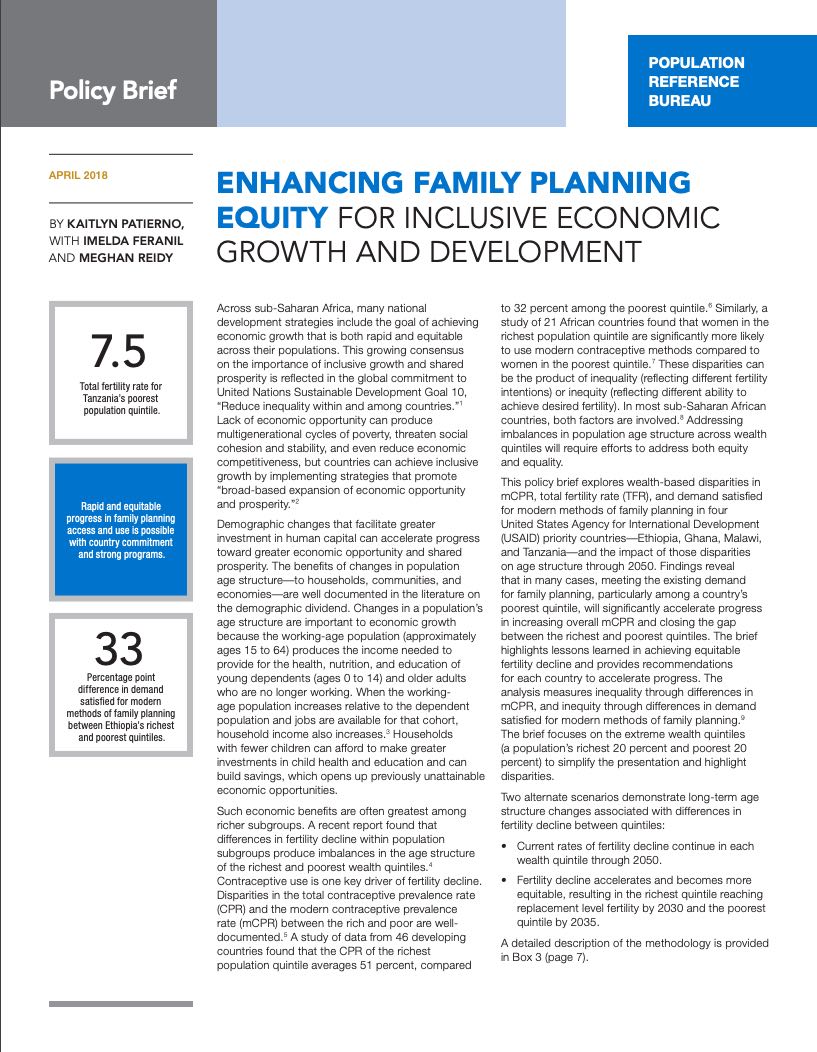 ">
">

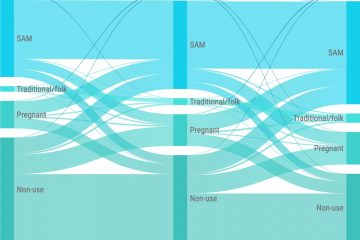


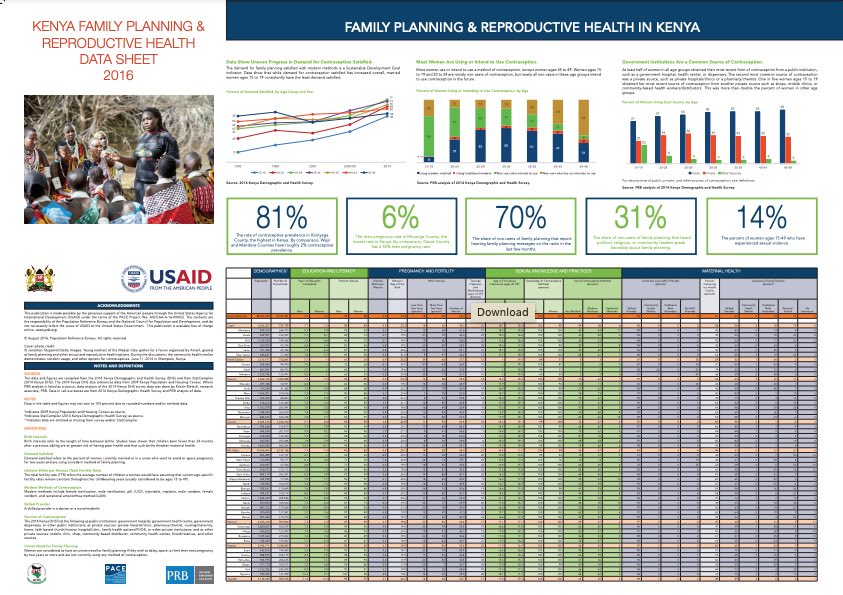 ">
">
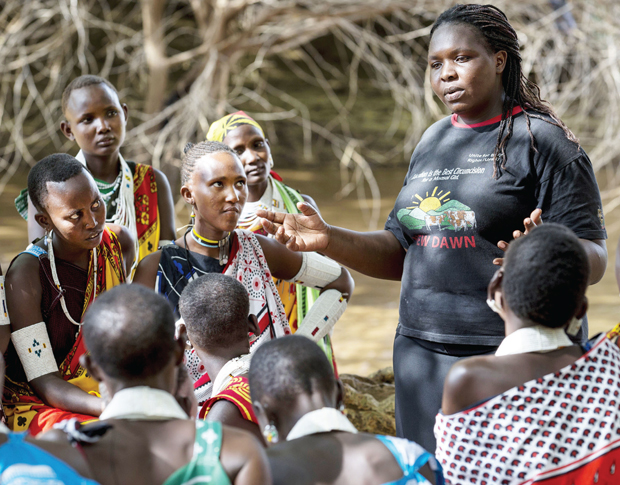
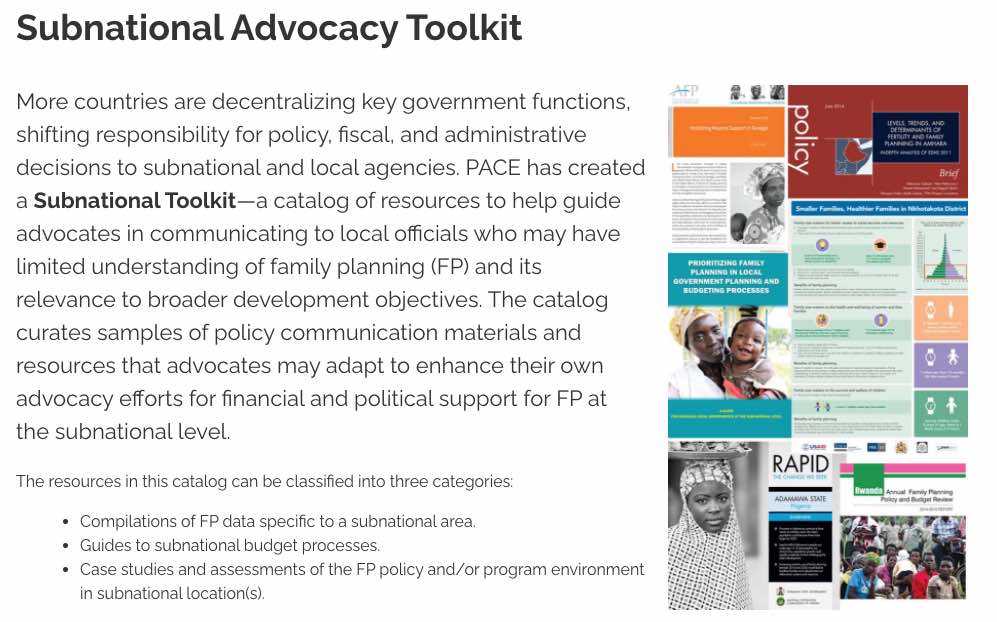 ">
">
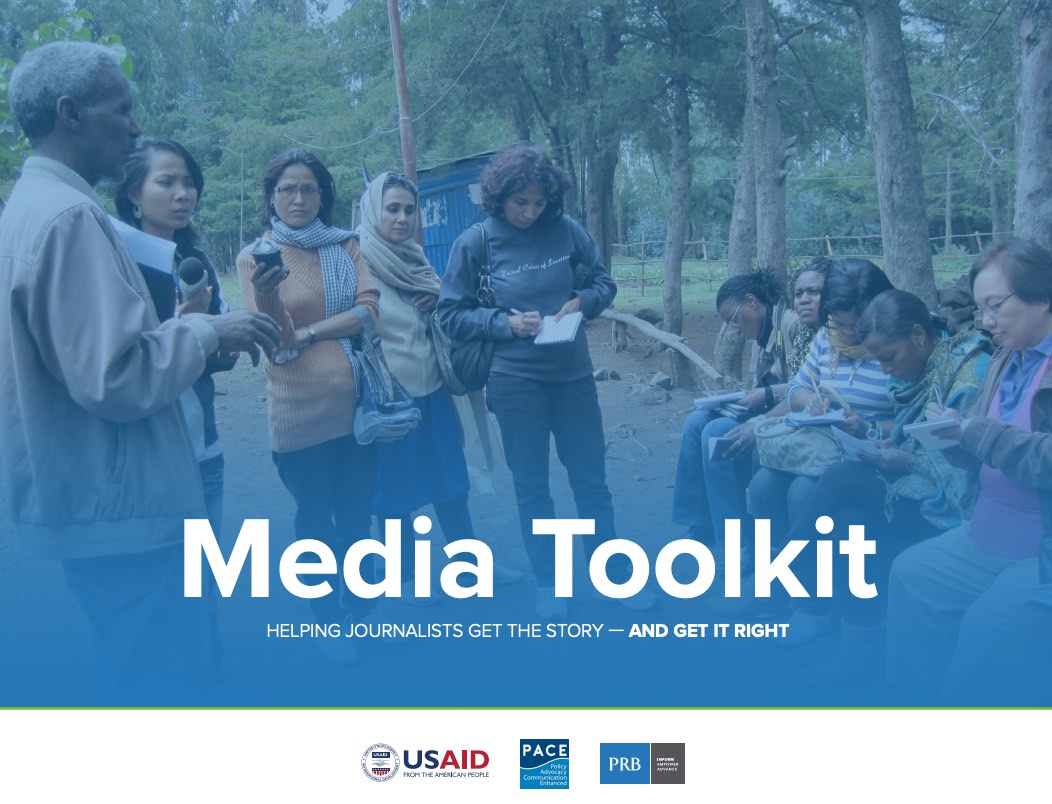 ">
">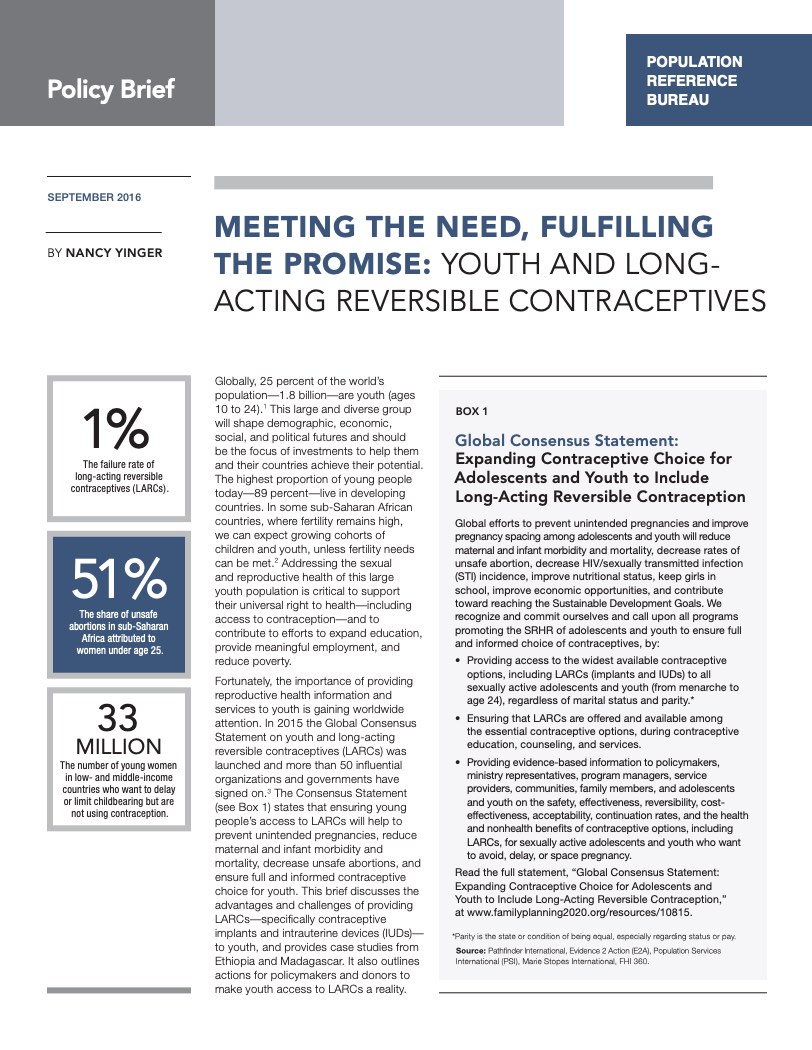 ">
">
